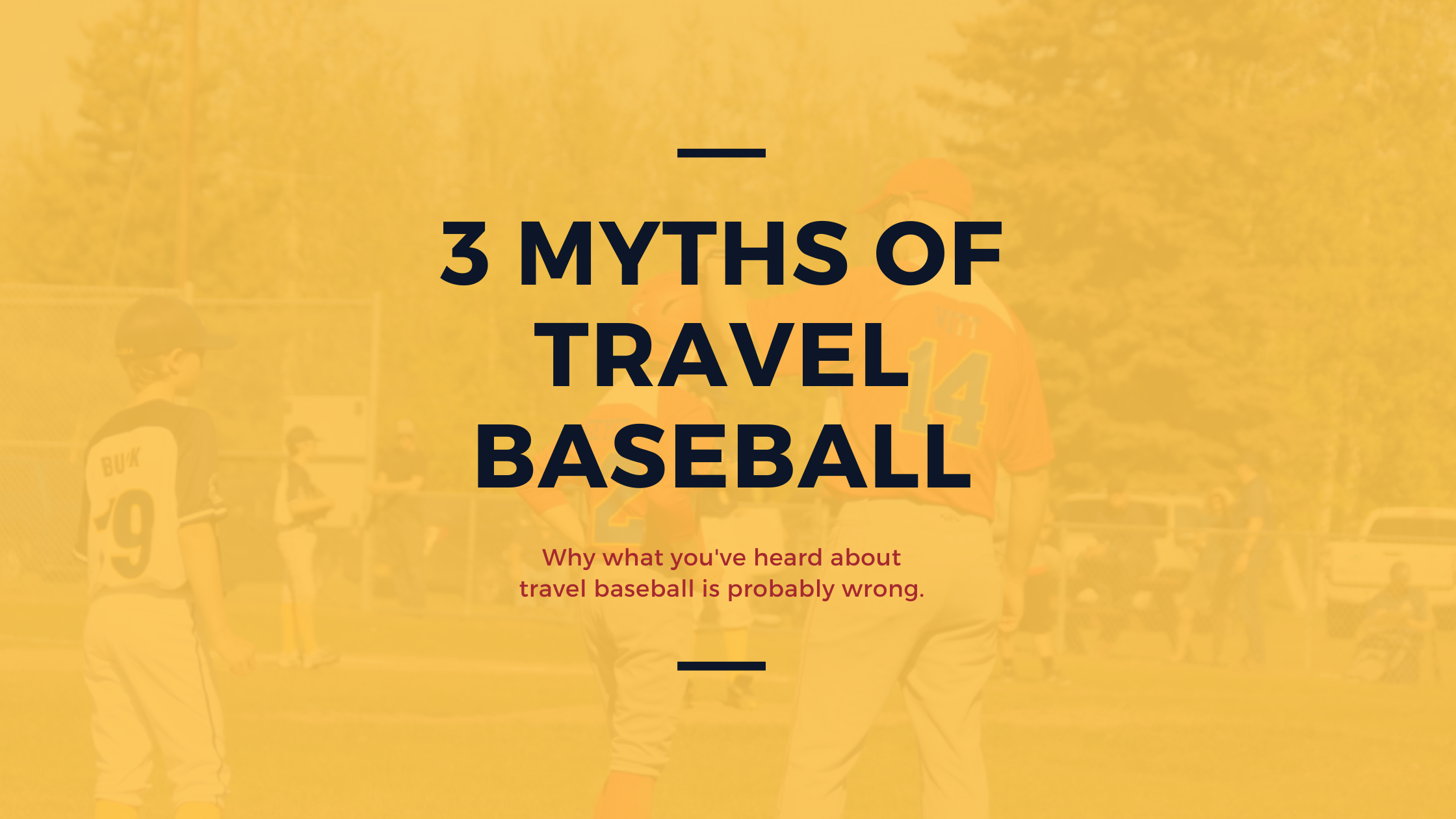Over the years I’ve learned that educating parents in the do’s & don’ts and the truths & myths regarding travel baseball is vital to the long term success of the athlete (and happiness of the parents in the experience). All travel sports are not the same – especially baseball. While the do’s and don’ts we’ll have to tackle another time, there are a few common myths floating around that I’d like to take a closer look at and shed some light on what you’ve probably heard.
My athlete has already
missed the boat.
At the youngest ages, successful travel ball experiences rely less on baseball talent (although it helps) and more on athlete coachability and the desire to be a good teammate. Most athletes at the 10/11 ages are playing for the North Stars before they have officially learned how to bat, throw, and catch or cut their teeth in recreational ball. Matter of fact, if athletes are willing and able to accept proper coaching, there is no “too late to start” age group. That’s not to say that as the athlete gets older that talent plays a bigger part in the selection process. What I’m saying even still is, it’s not the ONLY reason for selection. Said differently, travel ball is often based on the desired outcome of the athlete. It’s never too late to give it a try.
Travel baseball is
just too expensive.
Let me first start off by saying there is no correlation between how much a parent spends on an athletic travel team and their ability to play at a higher level. What’s the saying, “… you can’t buy talent!” Truth is, travel baseball, like its house/rec level counterpart, brings with it inherently more qualified and trained coaches, better quality opponents, and a traditional practice schedule that holds well to player development goals. All these advantages come with minimal added costs (usually only travel and tournament costs). Higher costs bring with it higher standards and expectations. When you think about it, the opportunity cost for a driven young athlete of NOT playing travel ball is likely much more than the cost itself. Comparatively, the travel baseball season lasts slightly longer than other youth sports and is very competitive with the cost of other sports when compared on a per game and practice basis.
But it’s too much,
for too long.
A commitment will be necessary to bring your athlete to practices, games, and tournaments throughout the season. For many years a frequent criticism of travel ball I’ve heard is that it is just “too much baseball”. “Kids should have a summer” I hear a ton too. To a certain extent, I agree actually. But let me ask you this – especially at the older levels – how will you expect your athlete to be ready for elongated seasons and near year round participation at the next level if they can’t commit to a summer? I know that is very matter of fact. As the athlete starts to age, more will be required and more will be expected. That’s not a bad thing. But it is a better use of the development time.
Listen, I recognize that that you have choices for your athlete’s baseball experience. I also acknowledge that North Stars Baseball Club is not the best choice for every ball player. However, don’t let myths be the driving force of your decision to take the leap into travel ball. The North Stars Leadership team would be delighted to talk with you about how our program creates a development curriculum for your athlete that works so that we can be sure we are on the same page for what you want out of your participation. Feel free to visit the “About” section of the website for additional contact information should you want additional insight into North Stars Baseball Club.



